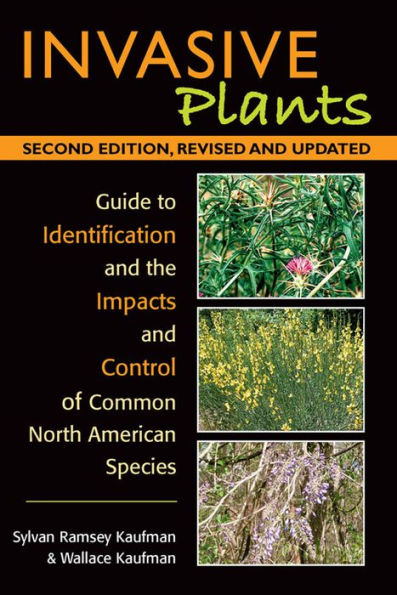Table of Contents
Contents
Acknowledgments
part I.
About Invasive Plants—Definitions, Issues, History, and Management Options
The Invasive Species Challenge
Using This Book
Chapter 1. The Aliens Landed Long Ago and Keep Arriving A definition and introduction to why, in some areas of wild America, over 70
percent of the plants are not natives but invited and uninvited immigrants.
Chapter 2. Invasives Changing Wild America What immigrant plants have done to and for their new land. A brief survey of the
major hot spots and critical problems.
Chapter 3. Managing the Good, the Bad, and the UglyA primer on the basic approaches to controlling and resolving problems, from
prevention to eradication.
Chapter 4. A Quick Key to Identifying Major Species of Invasive Plant GroupsA step-by-step guide in the familiar biology key format.
part II.
Alert List……………………………………………………
A Field Guide to Individual Species
Terrestrial Plants
Trees and Shrubs
Evergreen
Needles or inconspicuous leaves
Alternate leaves
Trees
Shrubs
Opposite or whorled leaves
Trees
Shrubs
Vines
Evergreen
Alternate leaves
Opposite leaves
Deciduous
Alternate leaves
Opposite leaves
Herbaceous Plants
Rosette or basal leaves only
Alternate leaves
Leaves entire
Leaves toothed or lobed
Leaves divided
Opposite or whorled leaves
Leaves entire
Leaves toothed
Leaves divided
Grasses and sedges
Leaves angular in cross section (sedges)
Leaves not angular (grasses)
Plants form distinct clumps, usually over 2 ft. (0.6 m) tall
Plants not in distinct clumps or growing along creeping stems
Over 4 ft. (1.2 m) tall
Under 4 ft. (1.2m) tall
Ferns
Aquatic Plants
Rosette only
Alternate leaves
Opposite or whorled leaves
Other aquatic plants (ferns, grasses, irises)
Part III.
More information
Bibliography
Glossary
Photo Credits
Index



